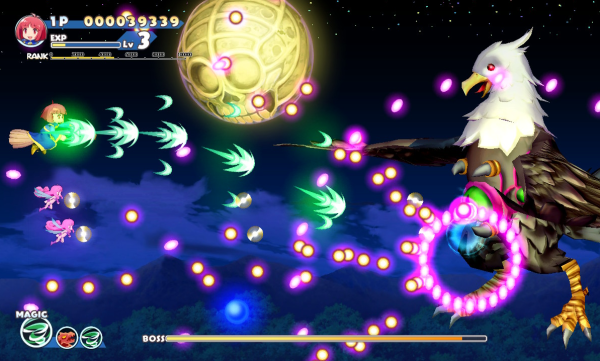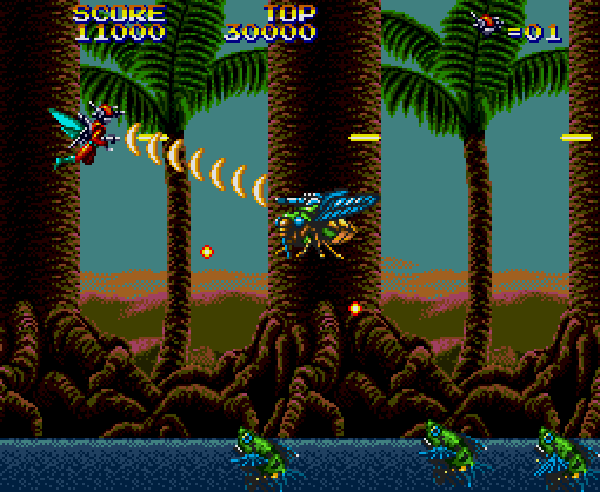Cotton Fantasy arrived this month. It’s a cute, colorful, charming little shooter in all respects, and I said as much in my full review. It has a creative power-up system, clever stage design, and a great variety of playable characters. There isn’t anything really wrong with the game apart from one glaring, grating, unfortunate design choice: it gives you unlimited, on-the-spot continues.
Upon losing all of their lives or energy, players are given the chance to continue. Some shooters boot the player back to the beginning of a level or an earlier point in that stage. But Cotton Fantasy lets players pick things right back up at the exact point where they perished, and the only penalty is the score resetting to zero.

This isn’t uncommon in shooters. It’s a feature born from arcade games, where continuing requires the player to stuff another credit in the cabinet. In that light, getting to carry on the game with no pushback or punishment seems fair—a lot of shooters or side-scrollers even dole out power-ups to reward the player’s money.
It’s not as welcome a feature in a game developed for a home system or an arcade game ported there. You’ve paid your money up front, and now it falls to the game to challenge you. That doesn’t happen when you can continue on the spot as much as you like.
Unlimited continues rarely provoke any criticism from the devoted contingent of 2-D shooter fans who play their favored genre for high scores and the accomplishment of beating a game on a single credit. They’ll argue that shooters are meant to be one-credited and played for score, though if this were true the game shouldn’t let you continue at all.
Some developers work around this. Treasure’s home versions of Radiant Silvergun and Ikaruga instituted a clever rule: players got a few continues to start, and each hour of time spent with the game granted another continue. And it worked. By the time you’d played enough to unlock free-play mode or rack up enough credits, you had also played enough to learn the patterns, master the weapons, and hone your reflexes well enough that you could make it to the last boss and its “BE PRAYING” admonitions anyway. It’s a shame that more shooters don’t apply that structure.

Were shooters always like this? No. A glance across the libraries of the Super NES, Sega Genesis, and TurboGrafx-16/PC Engine reveals a wealth of shooters and action games, both original creations and those titles based on arcade games. And I have trouble finding a single one, from Axelay to Insector X to Spriggan to Zero Wing, that allows the player the crutch of unlimited, penalty-free continues right off the bat.
When did this change? I’m not entirely sure, but I remember the problem coming to light when Strider 2 arrived on the PlayStation in the summer of 2000. GameFan, by then well into its second generation and billing itself as The Last True Enthusiast Magazine, ran a fawning review of the game, half of which was spent complaining about the Internet and sales figures instead of actually discussing the game in question. A month later, Electronic Gaming Monthly reviewed Strider 2 in somewhat positive tones but knocked it for giving the player unlimited, on-the-spot continues that, in their view “destroy this game for a wider audience.”
